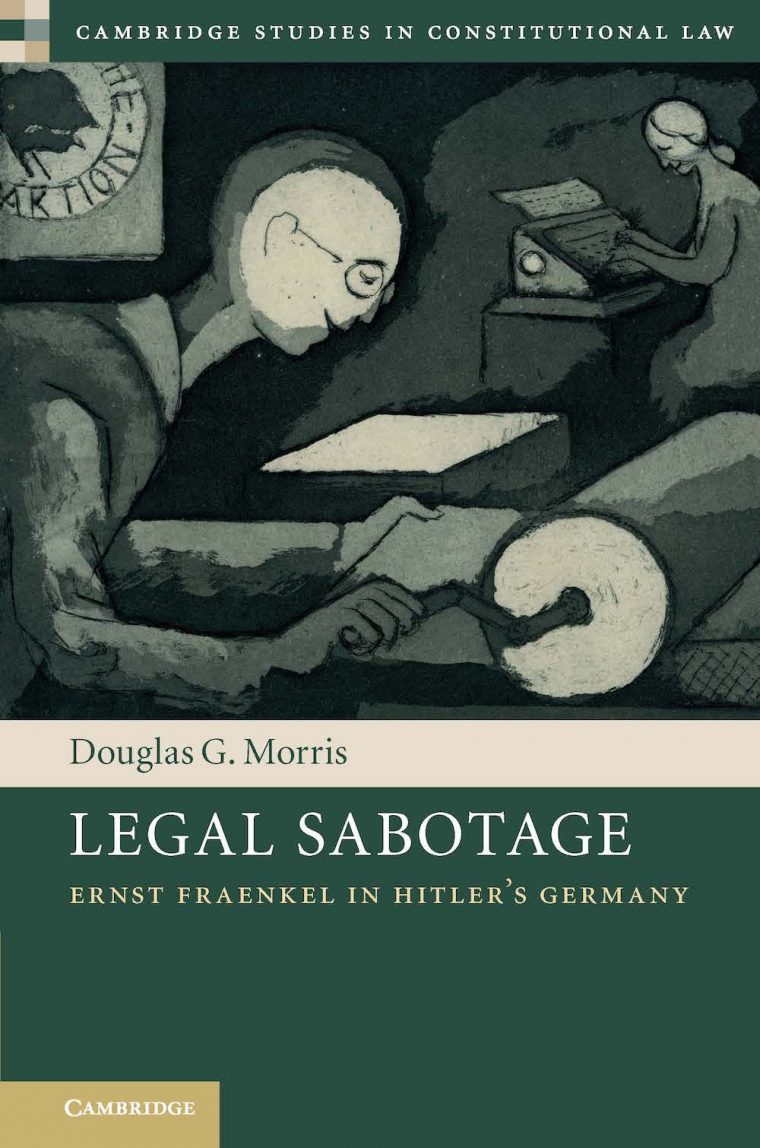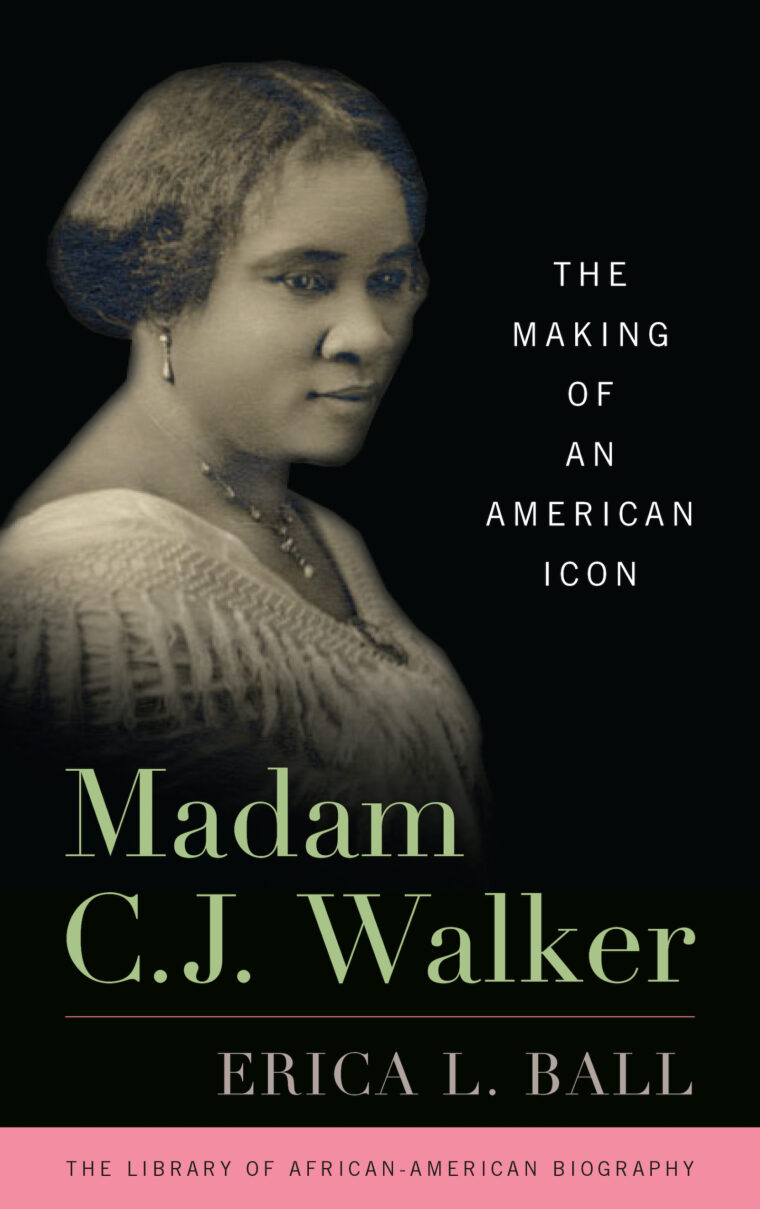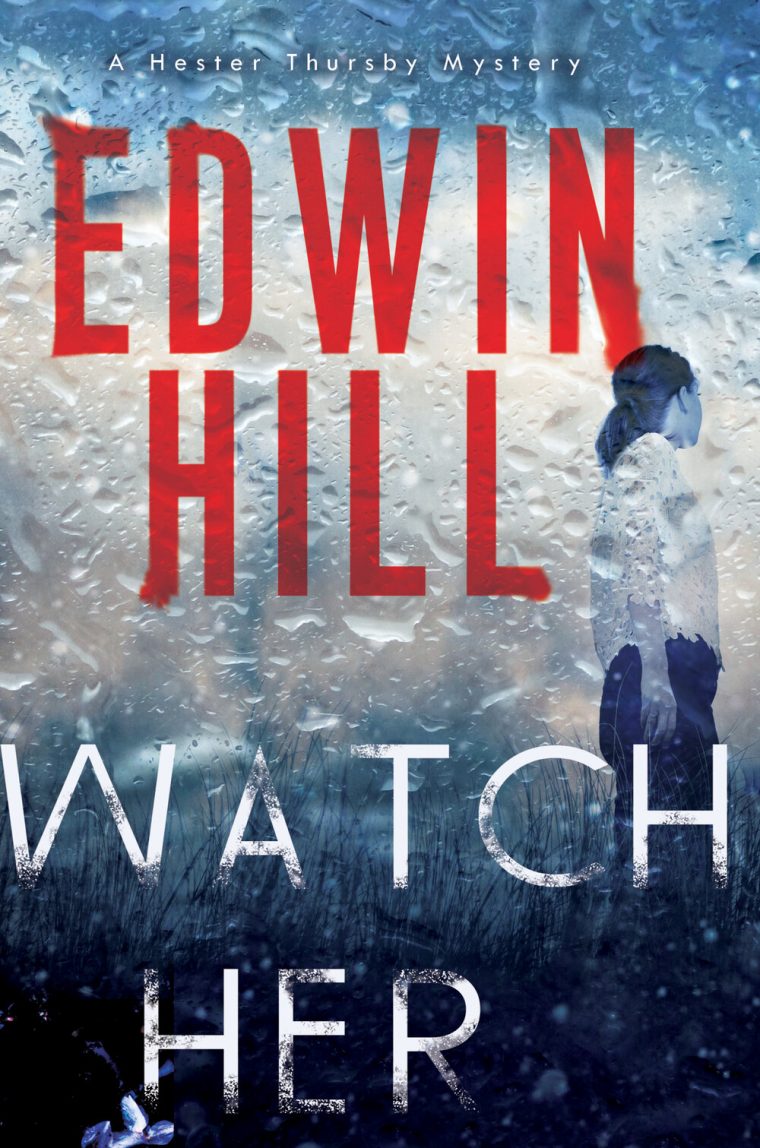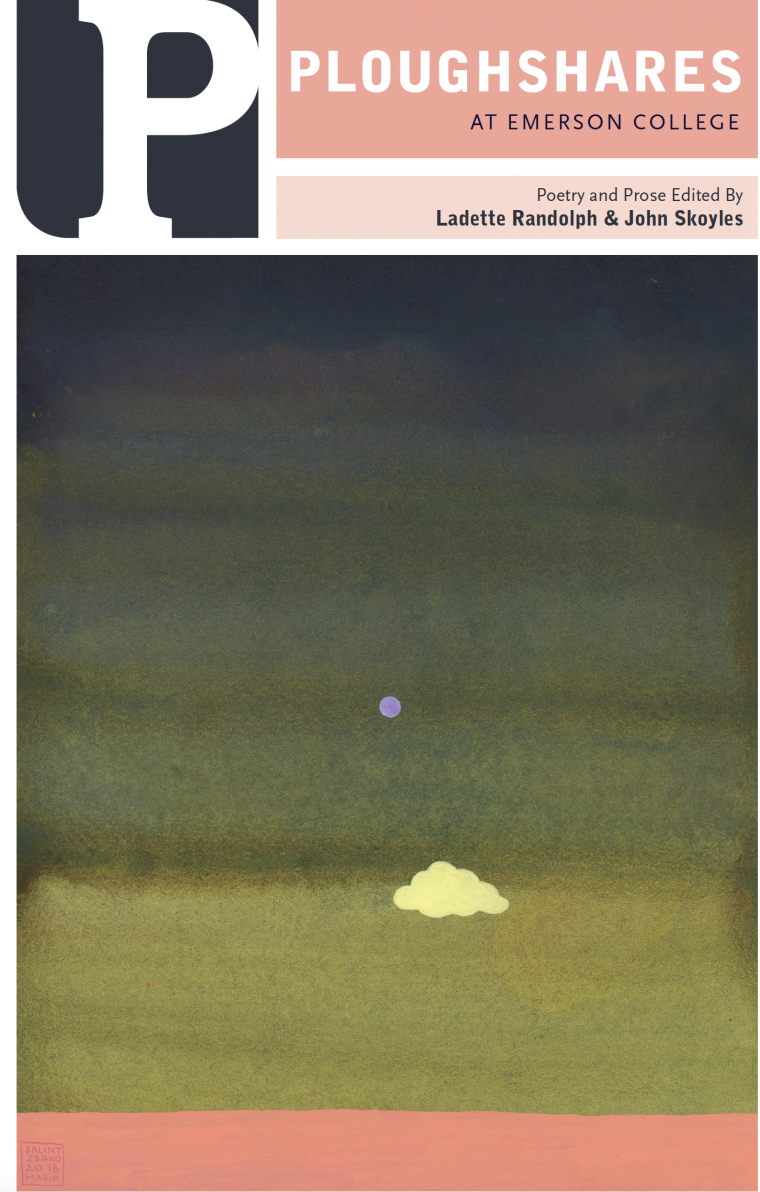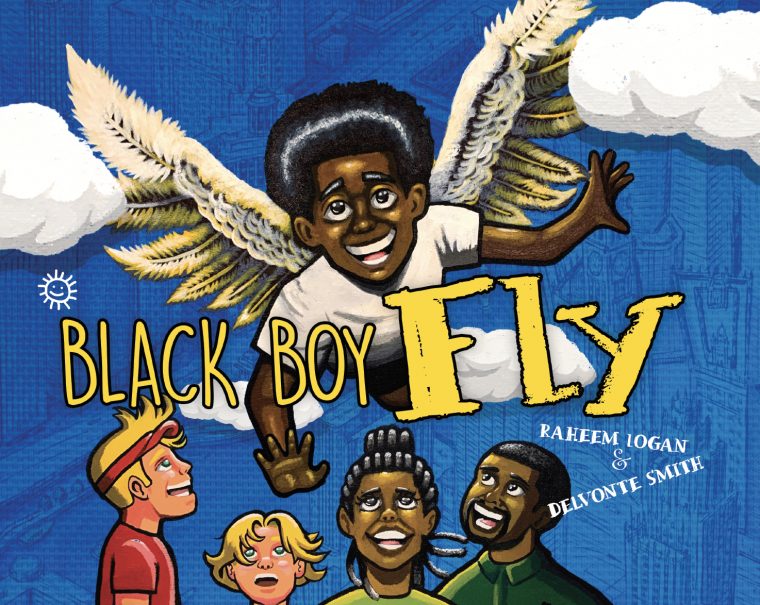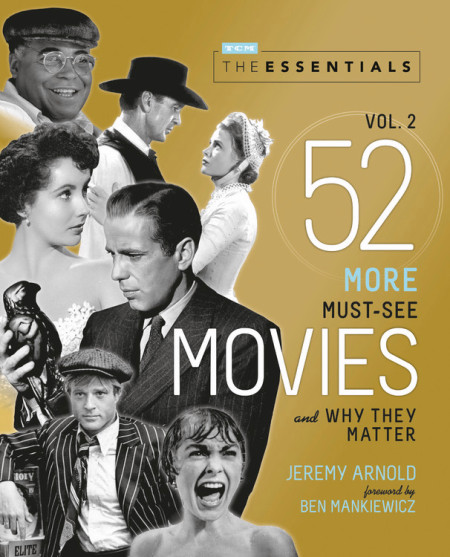In this continuing series, Annie Roach ’22, an English and Italian studies major from Northampton, Mass., reviews alumni books and offers a selection for those in search of knowledge, insight, and inspiration. The volumes, sent to us by alumni, are forwarded to Olin Library as donations to the University’s collection and made available to the Wesleyan community. Doro Globus ’05, Making a Great Exhibition (David Zwirner Books, 2021) In this charming and colorful picture book, author Doro Globus ’05 and illustrator Rose Blake collaborate to introduce the art world to children, delving into the lives of everyone from painters and…
In this continuing series, Annie Roach ’22, an English and Italian studies major from Northampton, Mass., reviews alumni books and offers a selection for those in search of knowledge, insight, and inspiration. The volumes, sent to us by alumni, are forwarded to Olin Library as donations to the University’s collection and made available to the Wesleyan community. Susan R. Barry ’76, Coming to Our Senses: A Boy Who Learned to See, a Girl Who Learned to Hear, and How We All Discover the World (Basic Books, 2021) What is it like to gain a sense—say, sight or hearing—after spending your…
In this continuing series, Annie Roach ’22, an English and Italian studies major from Middletown, Delaware, reviews alumni books and offers a selection for those in search of knowledge, insight, and inspiration. The volumes, sent to us by alumni, are forwarded to Olin Library as donations to the University’s collection and made available to the Wesleyan community. Ram Dass MA ’54 and Rameshwar Das ’69, Being Ram Dass (Sounds True, 2021) When Ram Dass, then known as Richard Alpert, was fired from his position as a professor of psychology at Harvard University for giving psychedelics to undergraduates in pursuit of…
Anna Krotinger ’19 wrote an undergraduate thesis examining a dance intervention for Parkinson’s disease (PD) and underlying cognitive mechanisms relating to rhythm that was published on May 6 at the scientific journal PLOS ONE. Krotinger’s thesis, titled “Rhythm and groove as cognitive mechanisms of dance intervention in Parkinson’s disease,” builds off her studies in neuroscience and behavior, in which she majored at Wesleyan. “Music and dance encourage spontaneous rhythmic coupling between sensory and motor systems; this has inspired the development of dance programs for PD,” the abstract reads. “Here we assessed the therapeutic outcome and some underlying cognitive mechanisms of…
In this continuing series, Annie Roach ’22, an English and Italian studies major from Middletown, Del., reviews alumni books and offers a selection for those in search of knowledge, insight, and inspiration. The volumes, sent to us by alumni, are forwarded to Olin Library as donations to the University’s collection and made available to the Wesleyan community. William Aspray ’73, MA ’73 and Melissa Ocepek (editors), Deciding Where to Live (Rowman & Littlefield, 2020) In the past year, our choice of residence has become more crucial than ever. In fact, the pandemic has caused many people to house-hunt, pack up…
In this continuing series, Annie Roach ’22, an English and Italian studies major from Middletown, Del., reviews alumni books and offers a selection for those in search of knowledge, insight, and inspiration. The volumes, sent to us by alumni, are forwarded to Olin Library as donations to the University’s collection and made available to the Wesleyan community. David Lee Garrison ’67, Light in the River (Dos Madres Press, 2020) Lately, many of us have been looking for small ways to escape from our screens and our worries. David Lee Garrison’s latest poetry collection is the perfect shelter for moments like…
Erica L. Ball ’93 is a historian and the Mary Jane Hewitt Department Chair in Black Studies at Occidental College, who specializes in 19th and 20th-century African American history. Her second book, Madam C.J. Walker: The Making of an American Icon (Rowman & Littlefield, 2021), tells the life story of one of the most influential women in American history. Throughout the biography, Ball unravels Walker’s importance as a hair- and skin-care trailblazer, a philanthropist, and an activist. Annie Roach '22, editorial student assistant, recently interviewed Ball about Walker and the process of writing the book. Annie Roach '22: What first…
In this continuing series, Annie Roach ’22, an English and Italian studies major from Middletown, Del., reviews alumni books and offers a selection for those in search of knowledge, insight, and inspiration. The volumes, sent to us by alumni, are forwarded to Olin Library as donations to the University’s collection and made available to the Wesleyan community. Edwin Hill ’93, Watch Her (Kensington, 2020) As the third installment in Edwin Hill’s mystery series, Watch Her is a sophisticated and gripping psychological thriller with sharp attention to character- and world-building. Protagonist Hester Thursby, a Harvard librarian and renowned researcher, is pulled…
Works by three Wesleyan alumni are published in the Winter 2020–21 issue of Ploughshares. Founded in 1971 and published at Emerson College, Ploughshares is an award-winning journal featuring the freshest voices in contemporary American literature. The issue includes: "The Man at the Top of the Stairs, On Rendering the Inner Life" by Steve Almond '88; "Private Practice" by Fay Dillof '87; and "Reading for the Plot" by Christina Pugh '88. Almond, an English major, is also the Kim-Frank Visiting Writer at Wesleyan this spring. He's the author of 11 books of fiction and nonfiction, including the New York Times bestsellers…
A couple years ago, Ron Cooper '79, a retired corporate executive-turned-travel, documentary, and portrait photographer, was in New Mexico to photograph cowboys, Civil War re-enactors, gunslingers, and snake-handlers. After completing the shoot, one of the subjects asked if he could show Cooper a very different character that he also portrayed. "I agreed and he went to change. He came back as Santa Claus in a terrific Western-style Santa suit, complete with bolo tie. As it turns out, he had a side gig during the holiday season as Santa Claus at a shopping mall in Albuquerque," Cooper recalled. "Not long after…
In this continuing series, Annie Roach ’22, an English and Italian studies major from Middletown, Del., reviews alumni books and offers a selection for those in search of knowledge, insight, and inspiration. The volumes, sent to us by alumni, are forwarded to Olin Library as donations to the University’s collection and made available to the Wesleyan community. Tejas Desai '03, The Dance Towards Death (The New Wei, 2020) In the third volume of his crime thriller trilogy The Brotherhood Chronicle, Tejas Desai delivers awe-inspiring narration that easily follows through in its mission to add a breathtaking final installment to the…
In this continuing series, Annie Roach ’22, an English and Italian studies major from Middletown, Del., reviews alumni books and offers a selection for those in search of knowledge, insight, and inspiration. The volumes, sent to us by alumni, are forwarded to Olin Library as donations to the University’s collection and made available to the Wesleyan community. Jeremy Arnold ‘91, The Essentials Vol. 2: 52 More Must-See Movies and Why They Matter (Turner Classic Movies, 2020) In 2020, many of us have been turning to movies for entertainment in the comfort of our homes, making the demand for good film…


